Fire pits are wonderful additions to any backyard, offering a cozy and inviting atmosphere for gatherings with friends and family. However, while fire pits can enhance your outdoor experience, it’s crucial to prioritize safety to ensure that your gatherings remain enjoyable and accident-free. This comprehensive guide provides essential fire pit safety tips to help you host worry-free gatherings all year round.
1. Choosing the Right Location
The placement of your fire pit is the first step toward ensuring safety. Here are some key considerations:
Safe Distance
- Away from Structures: Place your fire pit at least 10 feet away from your house, garage, shed, or any other structures.
- Clear Overhead Space: Ensure there are no overhanging branches, awnings, or power lines above your fire pit.

Ground Surface
- Level Ground: Set your fire pit on a flat, stable surface to prevent tipping or shifting.
- Non-Flammable Base: Use a non-flammable surface such as concrete, brick, or stone. Avoid placing your fire pit directly on grass, wooden decks, or other combustible materials.
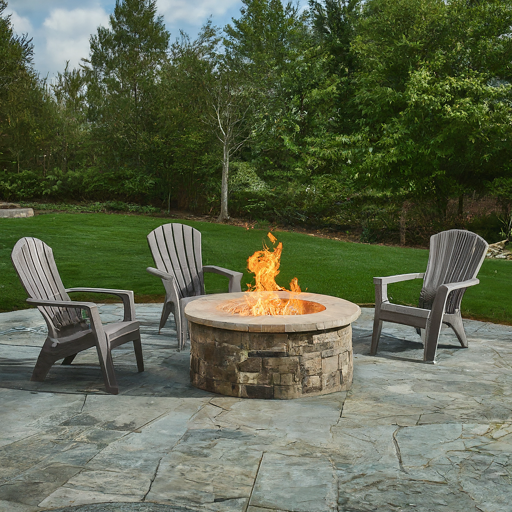
2. Preparing for a Safe Fire
Before you light the fire, make sure you have everything you need for a safe and controlled burn.
Fire Extinguishing Tools
- Water Source: Keep a bucket of water, garden hose, or fire extinguisher within reach.
- Sand or Dirt: Have a shovel and a bucket of sand or dirt on hand to smother the fire if needed.

Firewood and Fuel
- Dry Wood: Use only dry, seasoned wood to minimize smoke and sparks.
- Avoid Accelerants: Never use gasoline, lighter fluid, or other accelerants to start or maintain the fire. Instead, use fire starters or kindling.

3. Lighting the Fire
When it’s time to light the fire, follow these steps to ensure a safe ignition.
Safe Ignition Methods
- Match or Lighter: Use a long match or lighter to ignite the kindling safely.
- Gradual Build: Start with small kindling and gradually add larger pieces of wood once the fire is established.

Monitoring the Fire
- Stay Alert: Never leave the fire unattended, even for a short period.
- Supervise Children and Pets: Keep a close watch on children and pets, ensuring they maintain a safe distance from the fire pit.

4. Managing the Fire
Once the fire is burning, it’s essential to keep it under control and minimize risks.
Controlling the Flames
- Moderate Size: Keep the fire at a moderate size, with flames no higher than 2-3 feet.
- Use a Spark Screen: A mesh spark screen can help contain embers and prevent sparks from escaping.

Adding Wood Safely
- Gradual Additions: Add wood gradually to avoid large flare-ups.
- Proper Tools: Use long-handled tools, such as fire tongs or a poker, to adjust the wood and maintain the fire.
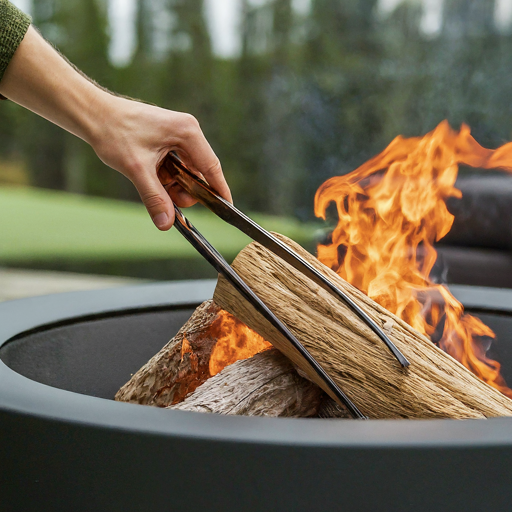
5. Extinguishing the Fire
Properly extinguishing the fire is crucial to prevent accidental reignition and ensure safety.
Extinguishing Methods
- Water Dousing: Pour water over the fire, making sure to cover all embers and ashes thoroughly. Stir the ashes to ensure everything is wet and cooled.
- Cover with Sand: Alternatively, you can cover the fire with sand or dirt, stirring occasionally to smother any remaining embers.
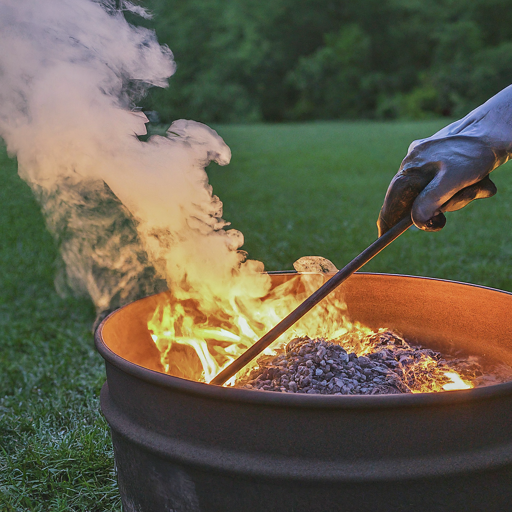
Final Checks
- Cool Down: Allow the fire pit to cool completely before leaving it unattended.
- Dispose of Ashes: Once the ashes are completely cool, dispose of them in a metal container designated for ash disposal.
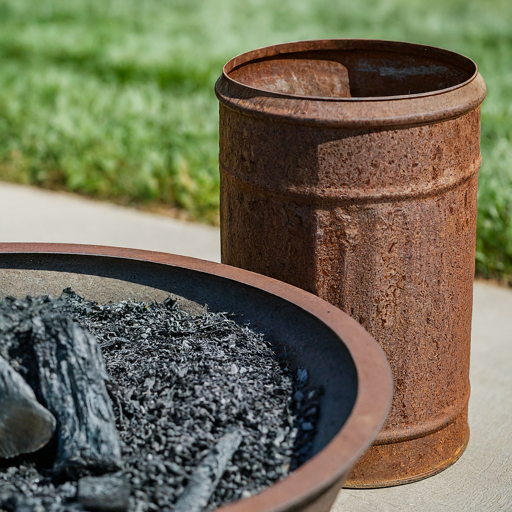
6. Seasonal Safety Considerations
Each season presents unique challenges and opportunities for fire pit use. Here’s how to stay safe year-round:
Spring and Summer
- Windy Conditions: Avoid lighting fires on windy days to prevent the spread of embers.
- Burn Bans: Be aware of local burn bans and regulations, especially during dry conditions.
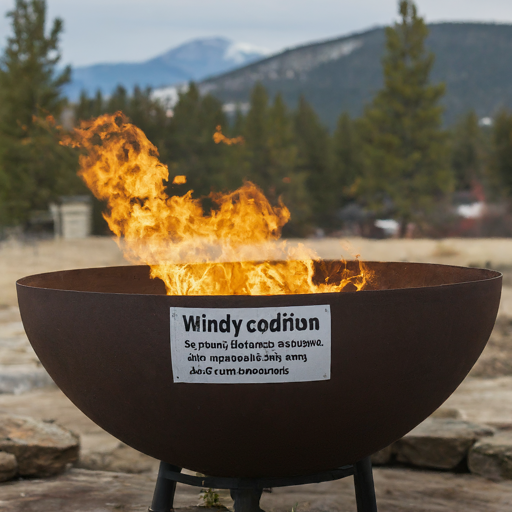
Fall and Winter
- Falling Leaves: Keep the area around the fire pit clear of dry leaves and other flammable debris.
- Snow and Ice: Ensure the fire pit area is free from snow and ice to prevent slips and falls.
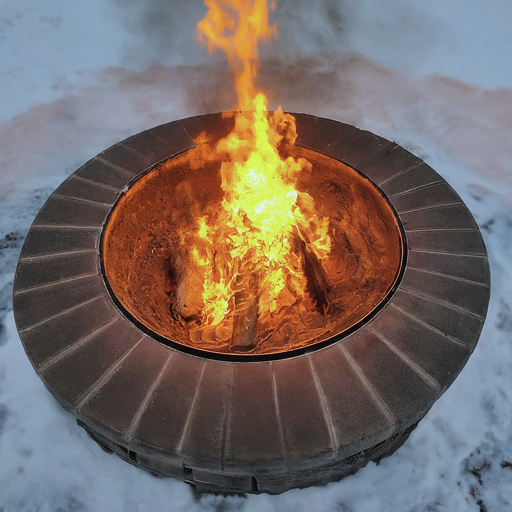
7. Emergency Preparedness
Being prepared for emergencies can make a significant difference in the event of an accident.
Emergency Plan
- Know the Plan: Make sure everyone knows the emergency plan and where to find fire extinguishing tools.
- First Aid Kit: Keep a first aid kit nearby to handle minor burns or injuries.
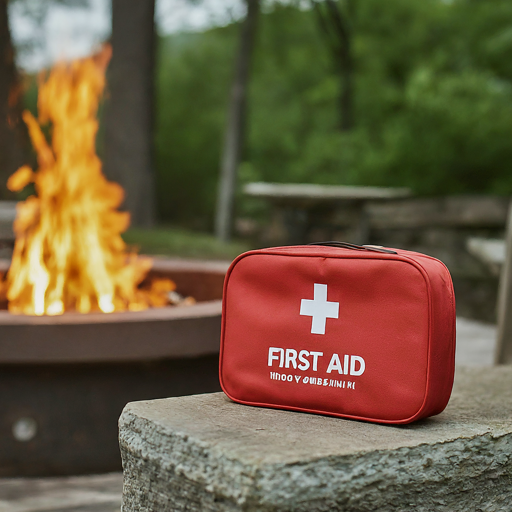
Contact Information
- Emergency Numbers: Have local emergency contact numbers readily available in case of a severe incident.
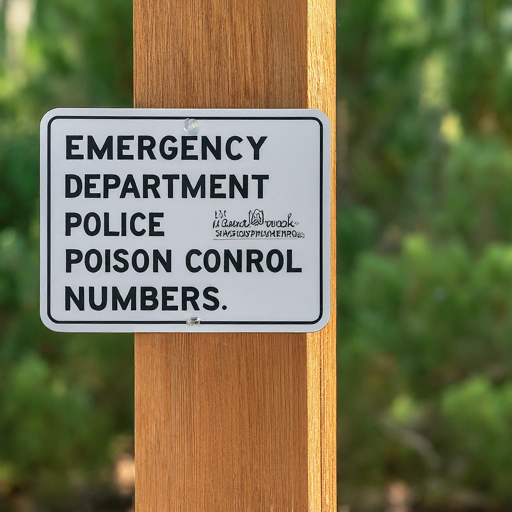
Conclusion
By following these fire pit safety tips, you can enjoy the warmth and ambiance of your fire pit with peace of mind. Whether you’re hosting a lively summer barbecue or a cozy winter gathering, prioritizing safety ensures that your fire pit remains a source of joy and relaxation for all. Remember, a little preparation and vigilance go a long way in creating a safe and enjoyable outdoor experience.
Leave a Reply